
One of the elements I found most fascinating during my stay in the eco-village Lebensgarten Steyerberg was the Choko Sangha, a community of Zen practitioners. After the foundation of Lebensgarten the Choko Sangha was based in the Zendo, a Zen temple on main square of Lebensgarden, for many years. And today there is still morning meditation there every day at 6:30, followed by a few rounds of tea.
But a number of years back the Choko Sangha built a monastery in the forest, the Togenji, and became something separate from Lebensgarten. Initially my plan was to have a section about it in the text on Lebensgarten, but after spending a few weeks getting to know the Zen community I realised that this would be doing it a disservice. After learning about, and spending a short time living, the Zen dharma, it became clear that Zen Buddhists, who have been setting up autonomous communities centred around a harmonious existence for over a thousand years, have a lot to teach the global eco-village movement.
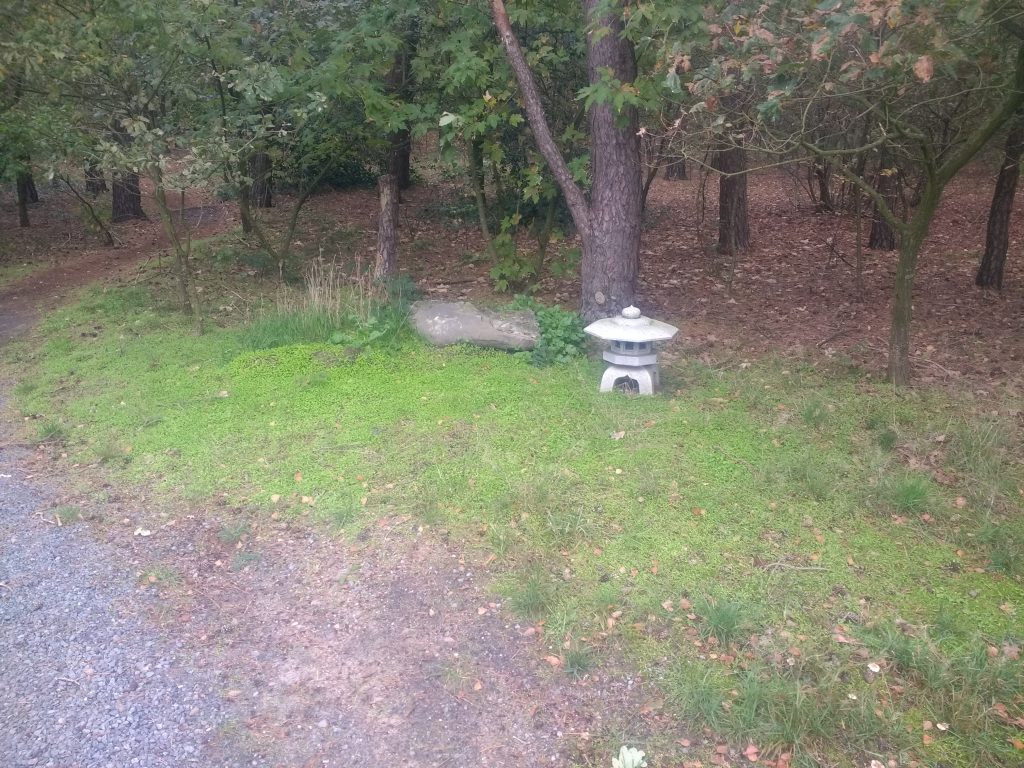
History
The Choko Sangha existed before the creation of the Zendo at Lebensgarten Steyerberg, as a community of Zen practitioners in North Germany. But in 1986, the Sangha became part of the budding eco-village because one of the its members, the current Zen master Christoph Rei Ho Hatlapa, was also a founding member of Lebensgarten. After the founding of the eco-village Christoph and the Sangha got to work, and the Zendo was the first room to be fully renovated. This gave the Choko Sangha a centre point of practice for the next decade. In 1999, the Choka Sangha acquired a piece of forest at the edge of the Lebensgarten that became the site of a new Zen temple and monastery. Today the Togenji monastery is a beautiful space for the Sangha (of about 70 people spread out around Germany) to learn and live the way of the Buddha. The temple is cared for by three monks who live on site, Katarina, Jurgen, and Aundre. Aside from temple duties, these monks also manage the Zen permaculture gardens, and slowly work to improve the ecosystem of the surrounding area.
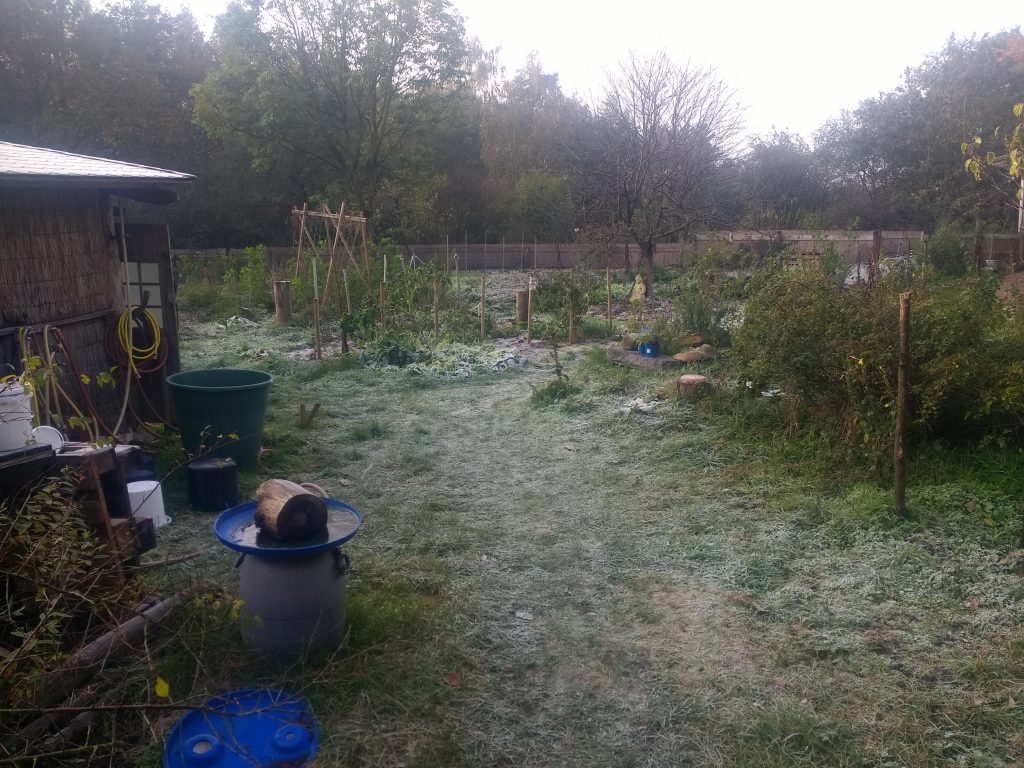
Space
Upon entering, the first thing you notice is the diversity of life to be found. Greeting you at the gate is a concerto of songbirds, who flutter hurriedly between the huge variety of deciduous trees (and the Togenji is a island of diversity for the local region, with 52 species of deciduous trees). The next encounters are with the various Buddhas, sitting in points of particularly beauty, contently contemplating the natural serenity of their surrounding. Adding to this is Jurgen’s stone and wood artwork dotted around the site. The long arms of dead trees flowing strangely between each other, supporting mounds of loose stone.
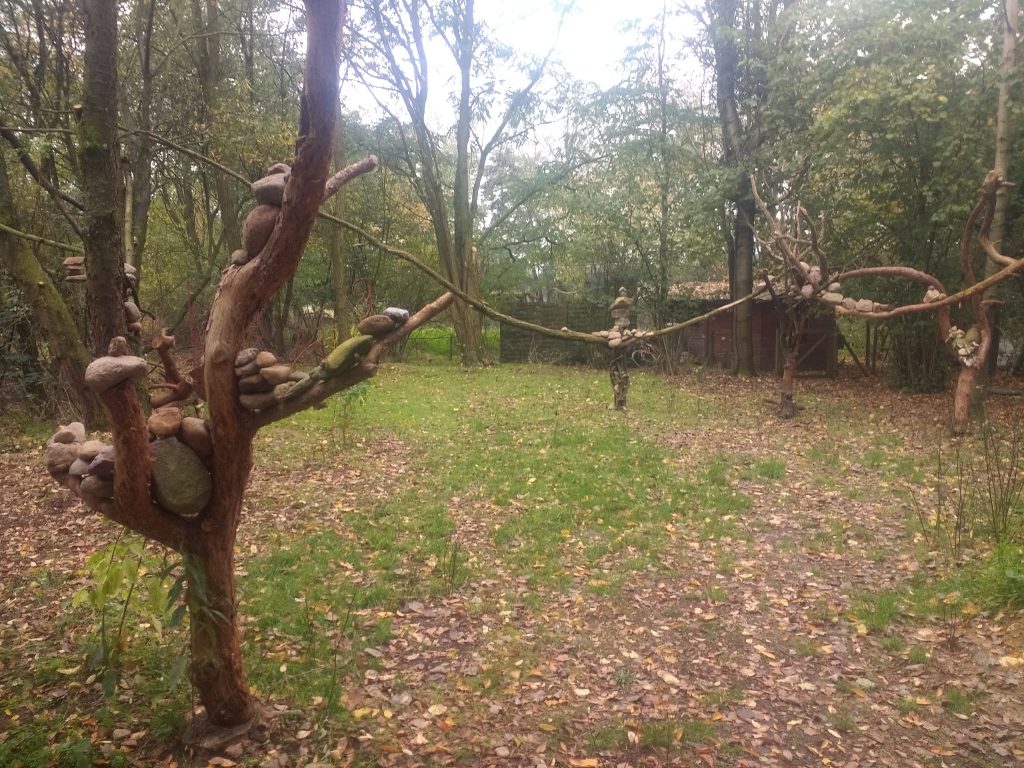

Before reaching the Zendo itself, you realise the wealth of features contained within the monastery. An essential element of any Zen monastery is the rock garden. These stones sit comfortably in between the former Zendo (now a guest house), and a wooden observation deck surrounded by bamboo. Like all elements of Zen Buddhism, there is a simplicity to this space that brings about a feeling of clarity. Aundre, the young monk who recently joined the monastery, told me this was his favourite place on the site, going out on warm summer nights to practice suizen (the Zen art of flute playing), finding delight in the light of the rising moon piercing through the leaves of nearby tree. Another feature which you can expect to find at most Zen monasteries is the tea house, which, naturally enough, houses the tea ceremonies. Although I didn’t enter this one roomed structure, not having taken part a tea ceremony, the energy of the space flows into the garden like tea into a clay cup.
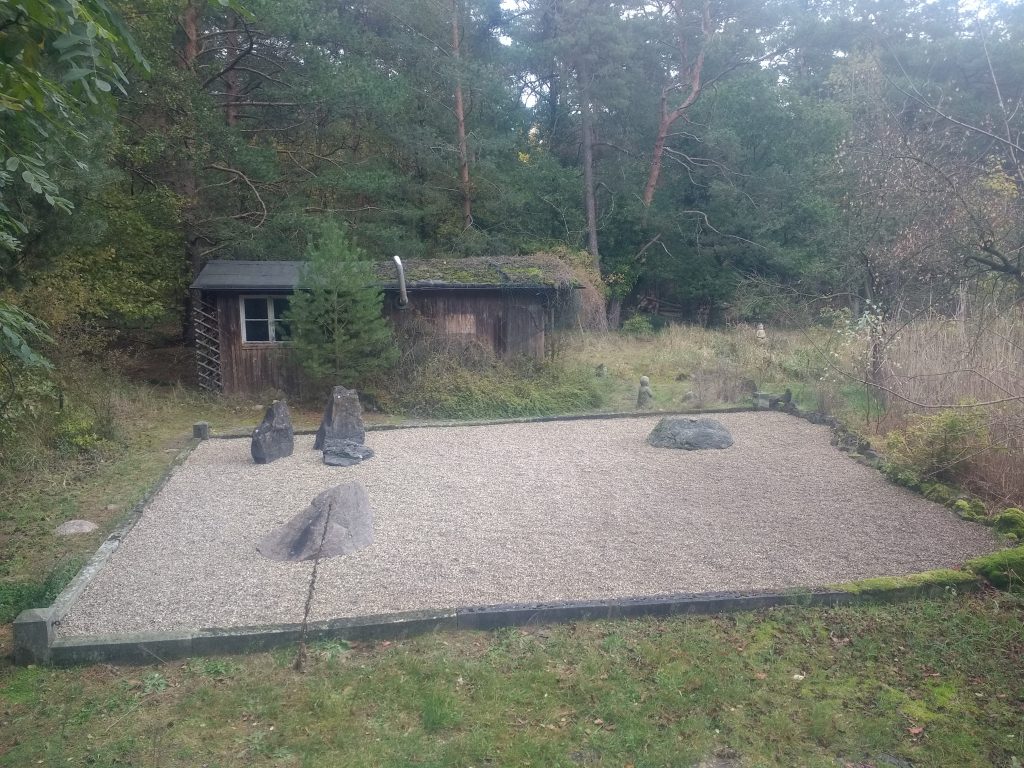
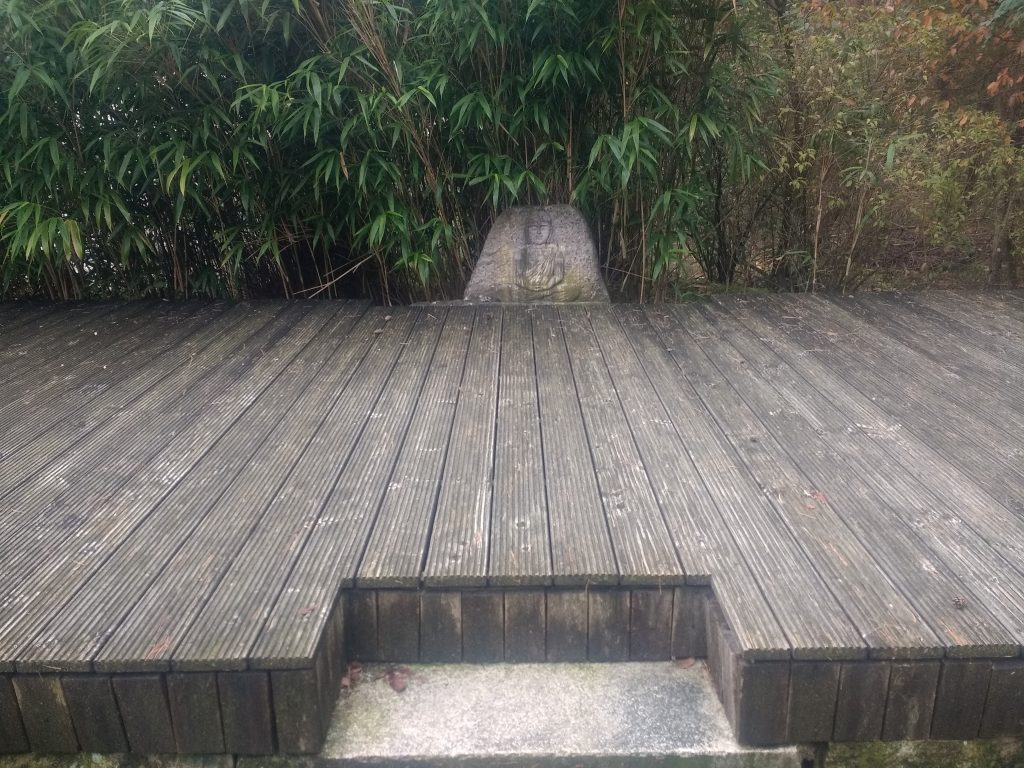
However, not all elements of the monastery are directly from the Zen tradition. Beside the rock garden is a yurt, to provide guests who are there for the sesshin (retreat) a place to sleep. There is also one area which is designated to sweat lodges, a native American spiritual practice, learned by the Zen master at some point, and sometimes practiced at the monastery. And the beautiful cob house, built by the two monks who now live there, stems from the philosophy of natural building, rather that Zen. Beside the house is the Zen permaculture gardens, where the monks grow a lot of their food and teach permaculture. The Zen permaculture is a point we will return to below.
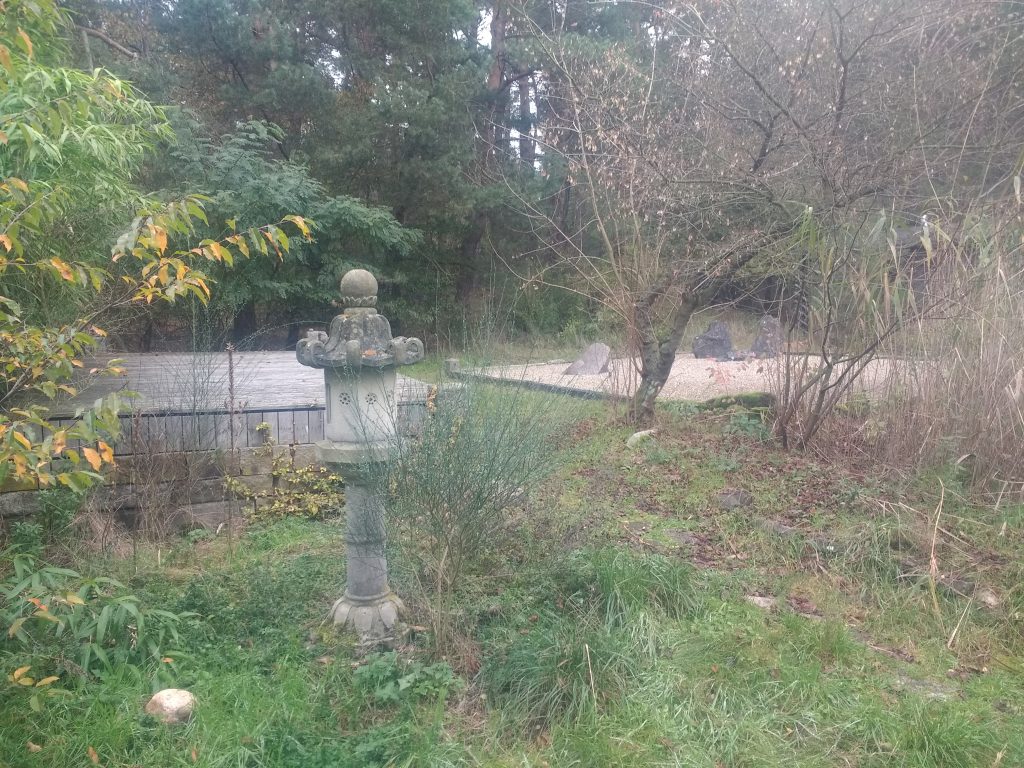
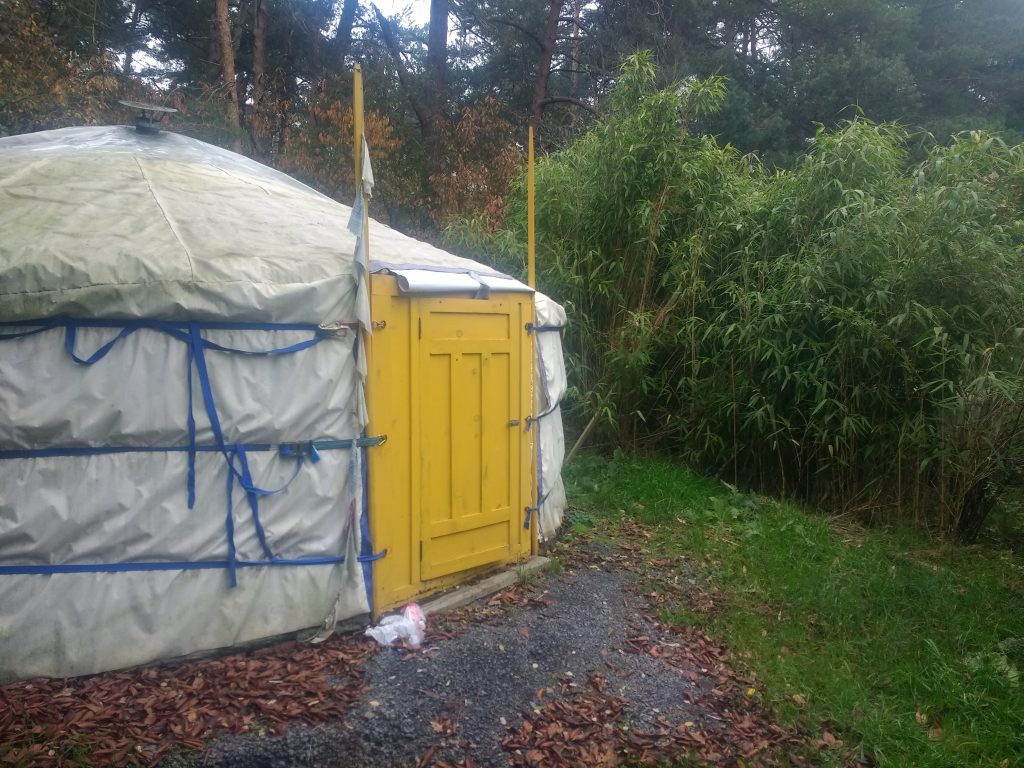
The main feature of the monastery is the Zendo, built according to a recognisably Zen style. Straight lines yet flowing form, simple tactile materials. The Zendo is a beautiful example of the striking Zen architecture that first emerged from the Japanese archipelago. The temple room is large, enough space for the whole Sangha, with a beautiful bronze Buddha at its head. Huge windows invite the forest inside this oom. A wooden walkway around the circumference of the temple (and another rock garden) is ideal for kinhin (walking meditation), allowing you to stretch the legs between long sessions of zazen (sitting meditation). Attached to the temple is a number of other functional rooms, such as guest bedrooms, a communal kitchen and living rooms.
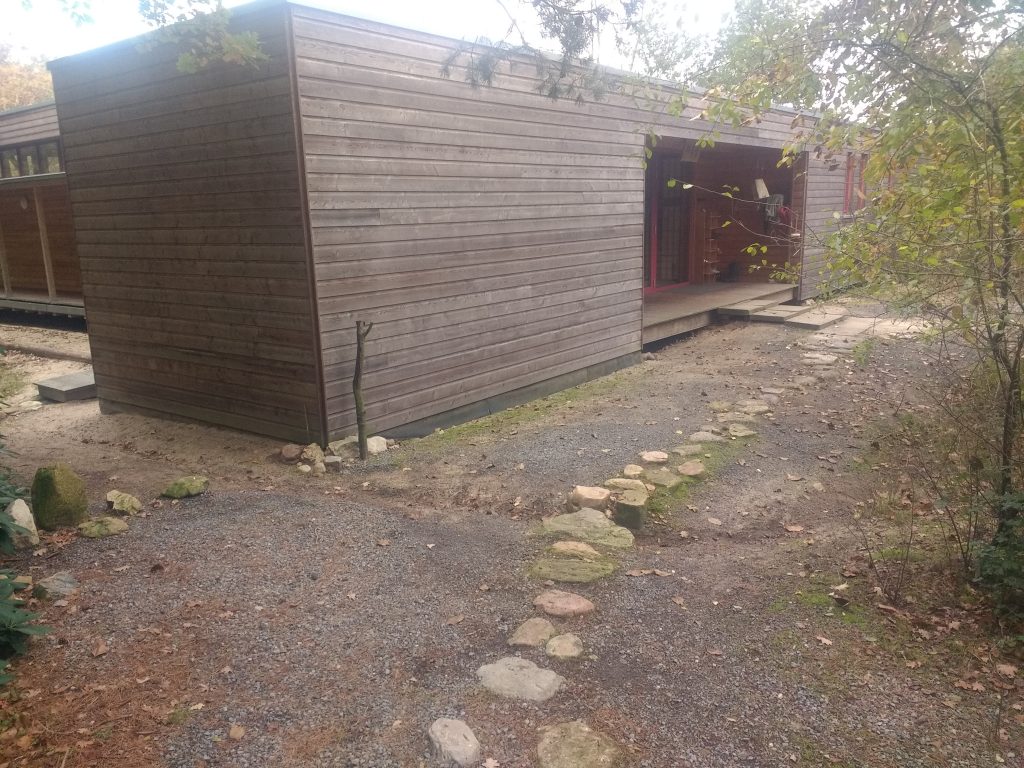
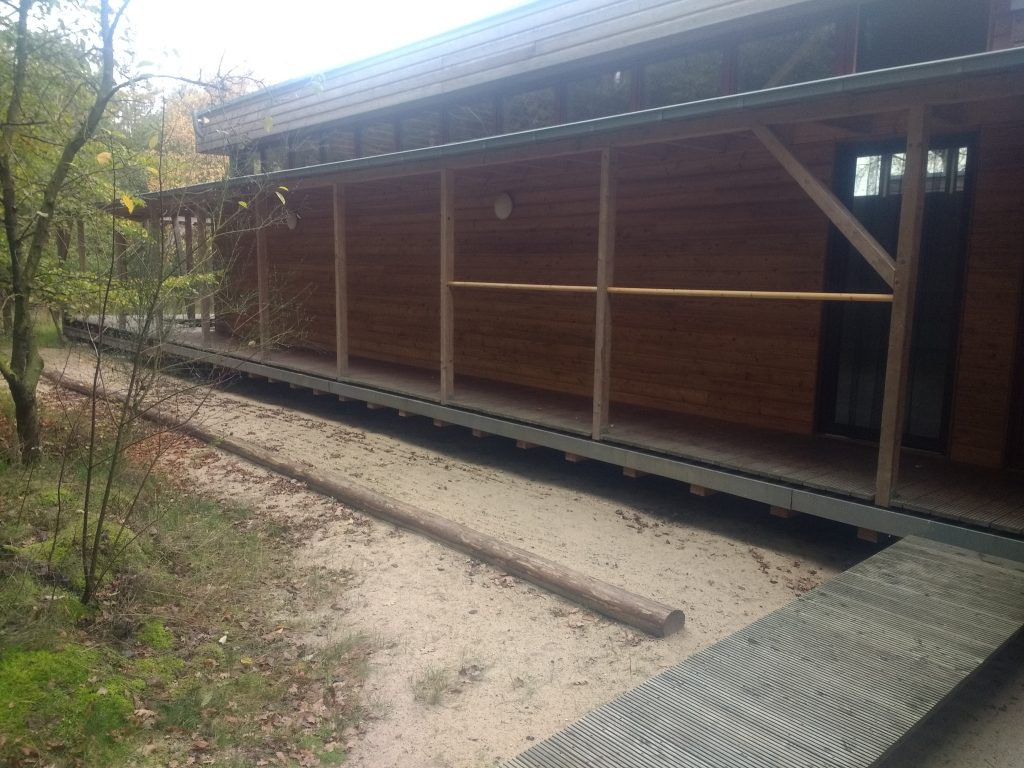
Zen Practice
To give a better idea of life at the monastery we can look at some of the main practices of Japanese Zen. An obvious place to start is zazen (sitting meditation) from which Zen Buddhism gets its name. Mediation is not only central to Zen Buddhism, but all schools of Buddhism, Taoism, Yoga, and many other types of Asian spiritual schools. Meditation is an ancient method for the attainment of insight. While western philosophy located truth at the level of rational argument, and western science scours the external world in its quest for truth, meditation is an inward investigation. Its method is the focused observation of ones own consciousness. But the aim is not to assess consciousness to find patterns of behaviour, as in psychology. In fact, you try to not make any judgements on the observations at all. The rational mind is only one element of our consciousness, and by making rational judgements we focus all our attention on thoughts (by thoughts I mean the voice with which you talk to yourself inside your head). Although it sometimes feels like our consciousness is the same as our thoughts, that ‘I’ am my thoughts, this is not the case. Even a surface investigation shows that consciousness is also composed of sights, sounds, and emotions – and that thoughts come a moment after, painting the world in their own image. It is natural for thoughts to arise, but when we go running after them we end up getting lost, and tiring ourselves out. The difficulty of sitting meditation lies in the fact that our consciousness is often so occupied in an unending stream of thoughts, that we cannot focus our mind long enough to see what’s behind (or what isn’t behind) these thoughts.
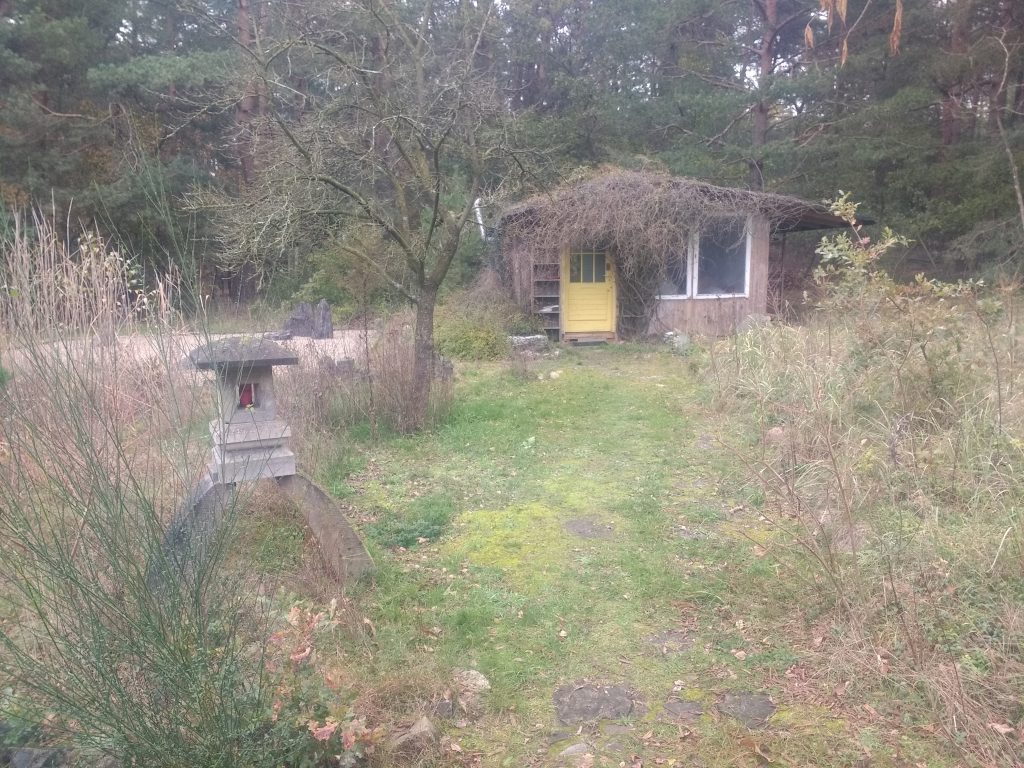
There are many techniques to overcome this difficultly. In the Togenji the practice is to maintain ones consciousness on the breath. I was instructed to count the exhalation (at least to ten but longer was also fine) and let the inward breath occur naturally. One breathes from the base of the stomach, understood as the centre of qi (energy) in Zen. The technique of focussing on the breath is both improving ones ability to concentrate as well as helping one to relax, as the thoughts and stresses that occupy the mind slowly fade behind the slow rhythmic movements. On a regular day this takes place three times (before breakfast, before lunch, and before dinner) and usually for half an hour. If we decided to sit two half hour rounds of zazen (sitting meditation), we would break it up with a few minutes of kinhin (walking meditation) to stretch the legs.

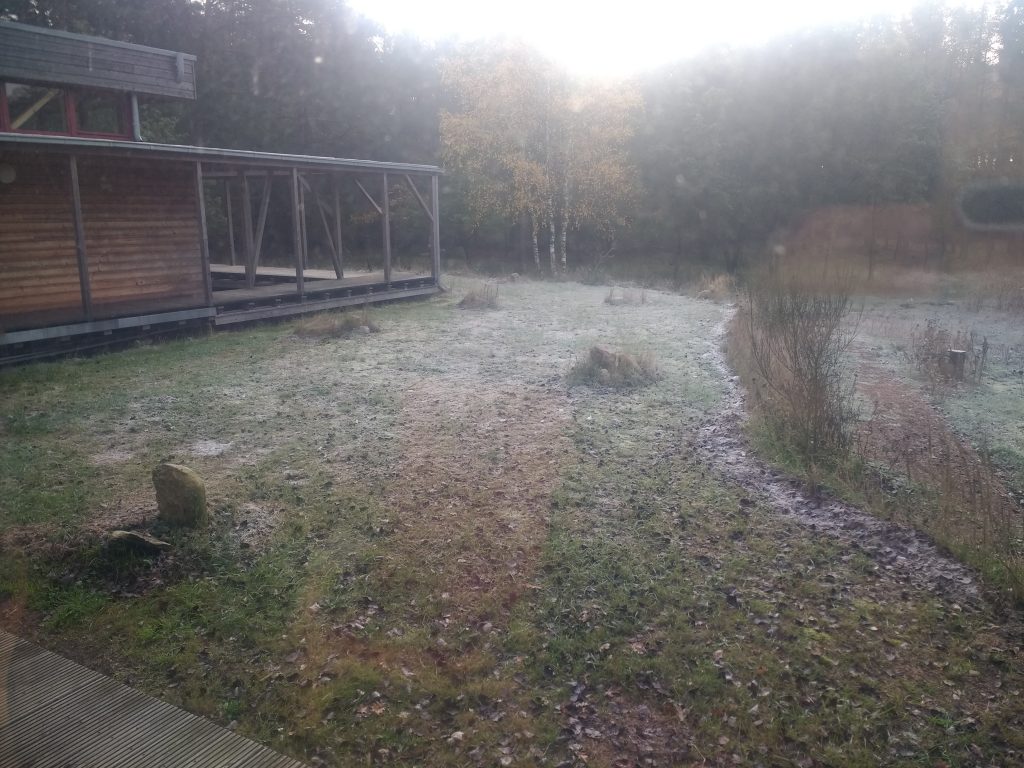
But the day at a Zen monastery is not only spent sitting around. As opposed to some schools of Buddhism, in which monks are considered too important to engage in earthly affairs, samu (the mediation of work) is an important part of the daily routine of Zen. In the Togenji this could mean a variety of things. From working in the gardens or forests, to cleaning and maintaining the temple. While serving obvious practical needs, samu is also a method of building awareness and concentration. In performing samu, one carries out whatever task they were doing with full mindfulness, and total concentration on the activity at hand. Concentration on the present, focus on the task at hand is central to Zen, but is also a practice that most people across the world try and practice to some degree. Anyone working on a craft or skill with utmost focus can be said to be practising samu, to be embodying the Zen mind, although they don’t realise it. The practice of Zen is about holding onto this Zen mind constantly. To be constantly focussed on the present moment, to flow through time with a natural ease, even during seemingly mundane activities, even during times of stress, or excitement.
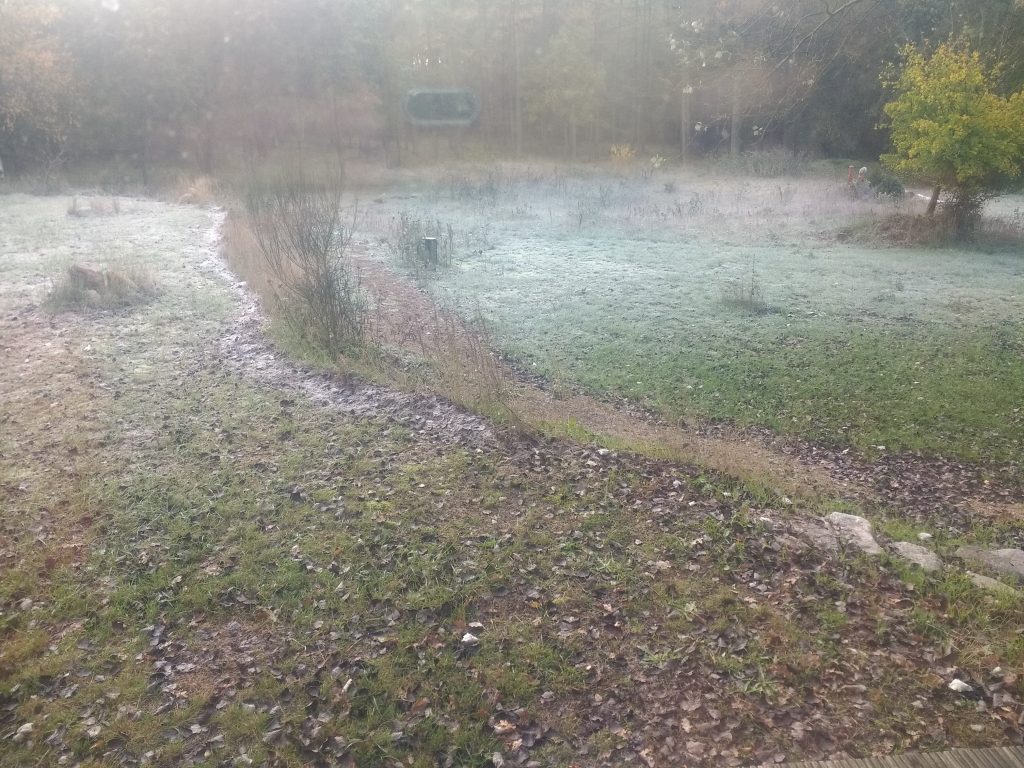
The various zen arts are similar to samu, in that they are active mediations, but the actions done are more recreational than practical. Some of the zen arts practised at the temple are Hitsuzendō (caligraphy), suizen (flute playing), and chadō (tea ceremony). What distinguishes the zen arts from the arts is their aim. The aim of these arts is not to make beautiful music or nice tea, these are mere by-products. The aim of practising the zen arts is the attainment of the Zen mind. Zen calligraphy is not practiced according to the formal standards of normal calligraphy. It is done from that spiritual space of spontaneity, the state of mu-shin (no mind), in you are not lead by expectations, thoughts, or emotions but by the spirit. The tea ceremony is a highly formalised event in which every move that is made (pouring, drinking, sitting, etc.) has been developed to encourage a state of mindfulness.
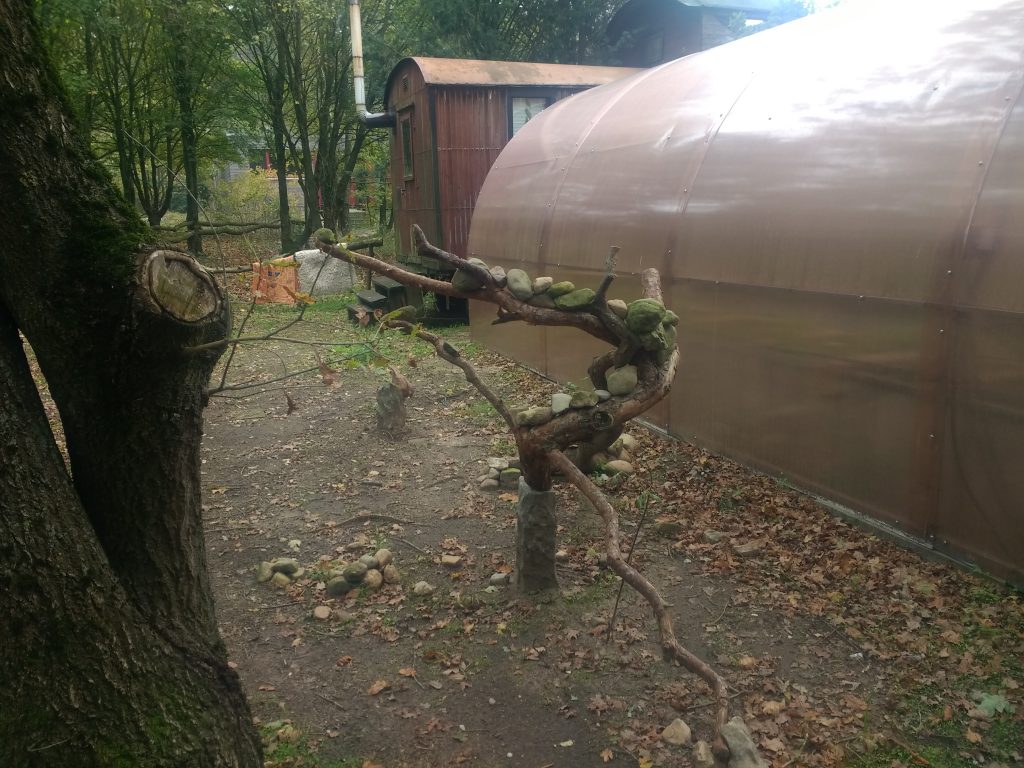
The last Zen practice I can mention is one of obvious importance, the transmission of Zen teaching. For this there are two main sources. One is the Zen master. Learning from the Zen master happens in the form of dokusan, a one to one interview between master and student. This teaching may take the form of technical advice on zazen (breathing techniques, etc.), or else the form of a koan – cryptic riddles that are not to be answered with the rational mind. ‘Is this stone inside or outside of consciousness?’ you might be asked. You don’t give an answer right away, but go mediate on the question for a time. This mediation is not a rational deliberate, but a process of bringing your mind, heart, and hara (the centre of qi) in alignment until a answer spontaneously arises within you. You then go back to master and say ‘It is here!’ Then the master will either say ‘you have not comprehended the koan, continue your practice’ or else ‘you have comprehend the koan’ and give you the next one. The other main source of Zen teaching are the texts of the Zen tradition. The most important texts at the Togenji were the Heart Sutra (as in essentially all schools of Mahayana Buddhism) and the Zazen Wasan, the enlightenment poem of Zen master Hakuin, which begins with the verses;
‘All beings by nature are Buddha,
as ice by nature is water;
apart from water there is no ice,
apart from beings no Buddha.
How sad that people ignore the near
and search for truth afar,
like someone surrounded by water
crying out in thirst.’
These are some of the main activities of the Zen temple but it is not limited to them. Many of the smallest actions, from serving food to arranging the cushions in the temple, is done with a certain form. This is done, above all, to encourage a disposition of mindfulness; of being constantly present in whatever action is done. And this is definitely the feeling I had during my time at Togenji, present in the here and now.
Time Spent in the Monastery
Time spent at the temple was supremely calm, allowing for reflection on the beauty of the natural world around you. Walking alongside the young monk in the morning, listening to a recitation of the Heart Sutra in an icy blue world, held in a crisp stasis by the first frost of the year. Circumnavigating the temple during kinhin, seeing the black of the new moon clearly held up against the pink yellow backdrop of the sunset sky. Walking over a blanket of deep green furry moss, softening each of my forest steps.
The disposition of calmness also allows for deeper periods of reflection. During samu, work in generally done in silence, with the focus being on the activity. Any words that are passed thus sit in the air and invite reflection.
‘I find the axe good, how do you find it?’ asked Aundre at one point as we are chopping wood.
‘The axe is good,’ I said, not really stopping to assess the merits of that particular axe ‘it can chop.’
‘That is good’ said the young monk, ‘that is the spirit of Zen’.
It was quite a simple exchange, very open to interpretation, but it brought me to a contemplation of action and the Zen dharma for the next period of chopping.

Zen Permaculture
One way in which the Togenzi is quite unique is that it has permaculture gardens that are done according to the philosophy of Zen Buddhism. Not only working their gardens according to an ethic of permaculture, but also offering permaculture design courses infused with Zen philosophy. For those that don’t know, permaculture is a method of design for creating sustainable systems. The meaning of the word ‘sustainable’ has been blurred by misuse over the last few years but the concept is quite simple: if you can do it forever, it is sustainable. With this aim, permaculture lays out a number of design principles for its realisation. Designed by Bill Mollison in Australia over 40 years ago, permaculture has become a worldwide movement, a banner around which the global ecological movement has rallied.
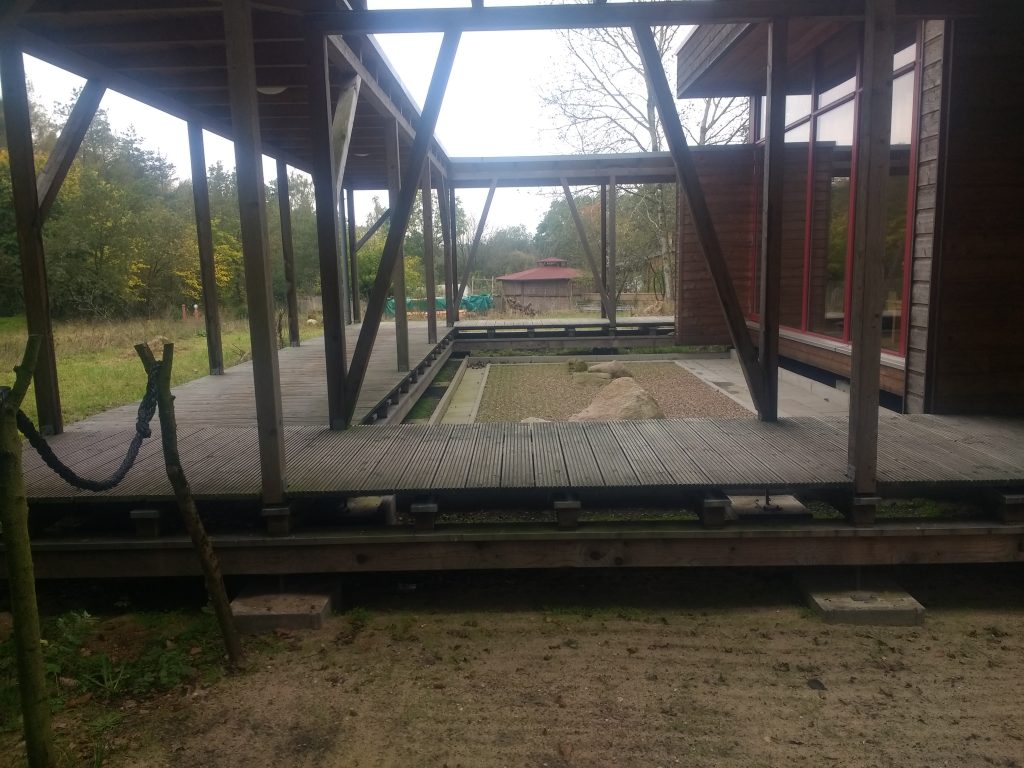
But what exactly does permaculture have to do with Zen Buddhism? Zen obviously doesn’t have any concept of ‘sustainability’, as ‘sustainability’ is a concept that arose in reaction to the ecological crisis of modern times. Zen is a philosophy that was developed long before this ecological crisis and so had no need of such a concept. However, at the heart of the Zen dharma is the intention to live in harmony with the world. Zen Buddhism is based on the idea that Buddha nature is to be found in ancient texts, but instead exists all around us, particularly in the natural world. By harmonising with it, you manifest the Buddha intelligence that exists everywhere. This means not taking more than what you need from the natural world. It means acting in a way which reduces suffering, and allows life around you to prosper. Zen Buddhists didn’t need an ecological crisis to know the value of harmony with their surroundings. In this way Zen, like most indigenous peoples around the world, have been practising ‘permaculture’, long before modern people invented a term for it.

But the connection between Zen and permaculture goes even deeper than this. One of the main influences of permaculture was Masanobu Fukuoka, Japanese farmer and philosopher. Fukuoka spent his life developing what he called ‘natural farming’. In contrast to modern agriculture, which works against nature, transforming it in pursuit of its own ends, natural farming based on the principle of wu-wei (inaction). It stems from the idea that nature is the source of power and intelligence, and human interference is generally a waste of effort, and has the opposite effect than is intended. By trying to genetically alter plants to ‘improve’ them, we create weak species that only grow under artificial conditions. By trying to enrich our soils with chemical fertilizer, we impoverish the land. By trying to improving the health of our crop by spraying them with pesticides we weaken them, and poison the insects upon which they depend. Natural farming works with nature, allowing it to take its natural course as much as possible, while still being able to feed ourselves. It lends from the strength of nature, the source of all strength. Fukuoka’s farm was renounded for being a bastion of life, a mini eco system in which life thrived, and his yield was at least as high as though from industrial farms. His written works are a mix of philosophical insight, highly influenced by Zen, and practical farming tips. The creators of permaculture were highly influenced by him, and so the Zen permaculture taught at the Togenji is a return to its spiritual roots.

One final thing to be mentioned here. The harmony sought by Zen goes deeper than the modern concept of ‘sustainability’. ‘Sustainability’ is still rooted in a anthropocentric view of the world, centred around human consumption. Nature is a resource to be exploited, but exploited in a way that we can do it forever. The aim of Zen is the transcendence of this human centred view of the world. It is the transcendence of any perspective – it the realisation of the ‘suchness’ of the ever changing flow.
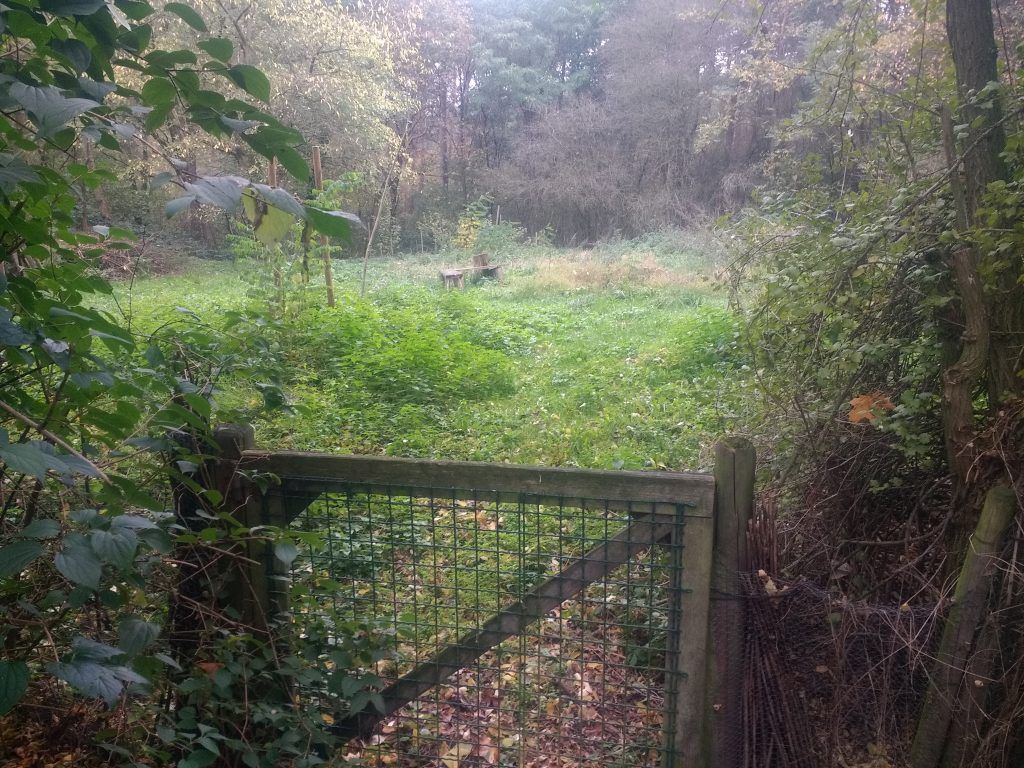
Community building
Aside from practising a harmonious relationship with nature, Zen Buddhism has another important lesson to teach to teach the global eco-village movement – how to build communities. One of the biggest problems faced by new intentional communities – ‘how do we turn a group of individuals into a community?’ This task is made event more complicated by the fact that these individuals are often quite strong willed, already taking to decision to live in a different way than most the rest of society. Many community projects fail, not because the project isn’t meeting its goals, but rather because the group dynamics don’t work. This has become one of the central themes in the community movement, and many techniques have been developed (such as non-violent communication or sociocracy) to try an overcome these difficulties.
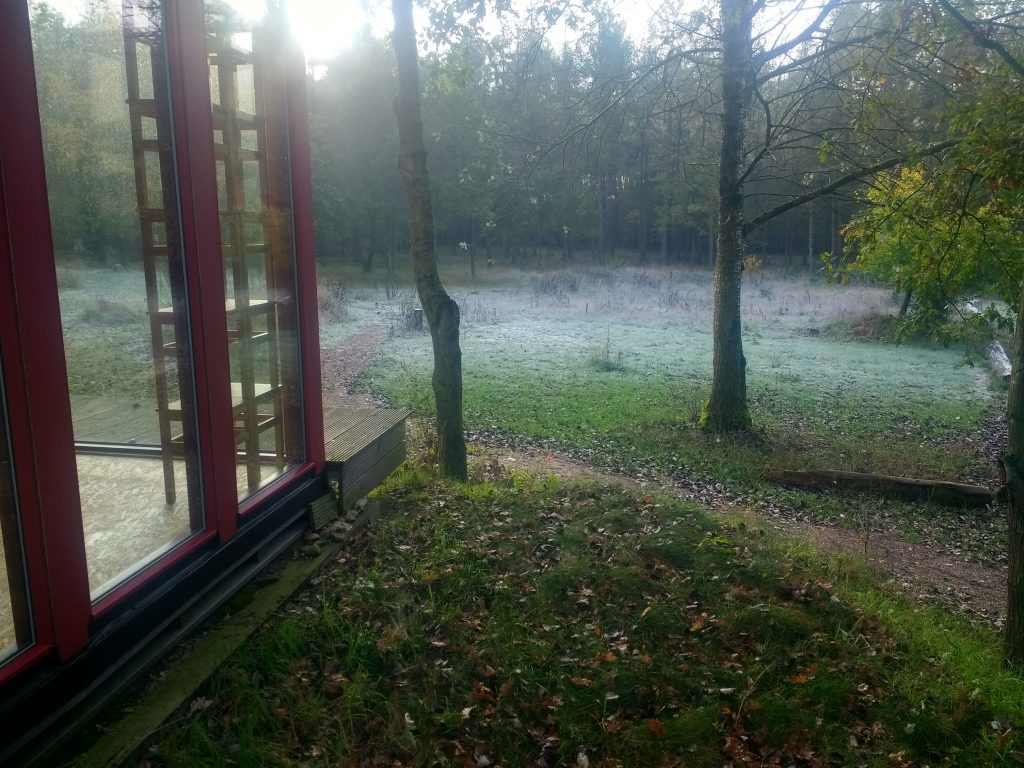
But the eco-village movement is not the first movement in history to be dealing with the problem of building new communities. One of the three jewels of the Buddhist tradition, along with the Buddha and the dharma, is the sangha (community), and community building has been a central pillar of Buddhism from the start. In the same way the many people are now creating alternatives to modern society because of the oppression upon which it is based, many people during the time of the Buddha began to found communities based on alternative ethics to escape the oppression of the Brahmans (the priestly caste) that ruled India at that time. New communities were started, old communities were transformed. Buddhist monasteries were the centres of transmission for the Buddha’s teachings, and lived in closest accordance with the Buddha dharma, but old communities soon began following the Buddha dharma. Maybe we are seeing parallels today, with eco-villages acting as a model of an ecologically sound ethic, but existing communities also starting to transform along the same lines.

When I mentioned to Katarina, one of the monks, that the Zen tradition could offer some lessons in community building to today’s eco-village movement, she agreed. What she said can be taken from the success of Zen community building is the importance of unity of purpose. Zen communities, come together around a single purpose, that is to live in accordance with the Buddha dharma. The problem for a lot of eco-villages today is that they bring together a lot of people who have with many different ideas of things they want to achieve, and ways they want to live. With time this naturally brings tension. She said some communities come together around a single purpose, such as Sieben Linden, coming together around ecology and self-sufficiency, but some are developed with some a variety of goals and idea that they naturally come apart. This is not to say that communities should all follow a single model (if we look at our history there has always been a huge diversity of different communities) but it is to say they those who come together should have a clear, shared, vision for how they want to live. ‘In the world today there are many movements which are all on the same path’ said Katarina ‘that is living in harmony with our environment. It’s just there way of going about it is different. For me, Zen was attractive. I like the aesthetic, the tea ceremonies, etc. but everyone needs to find a path that fits them.’
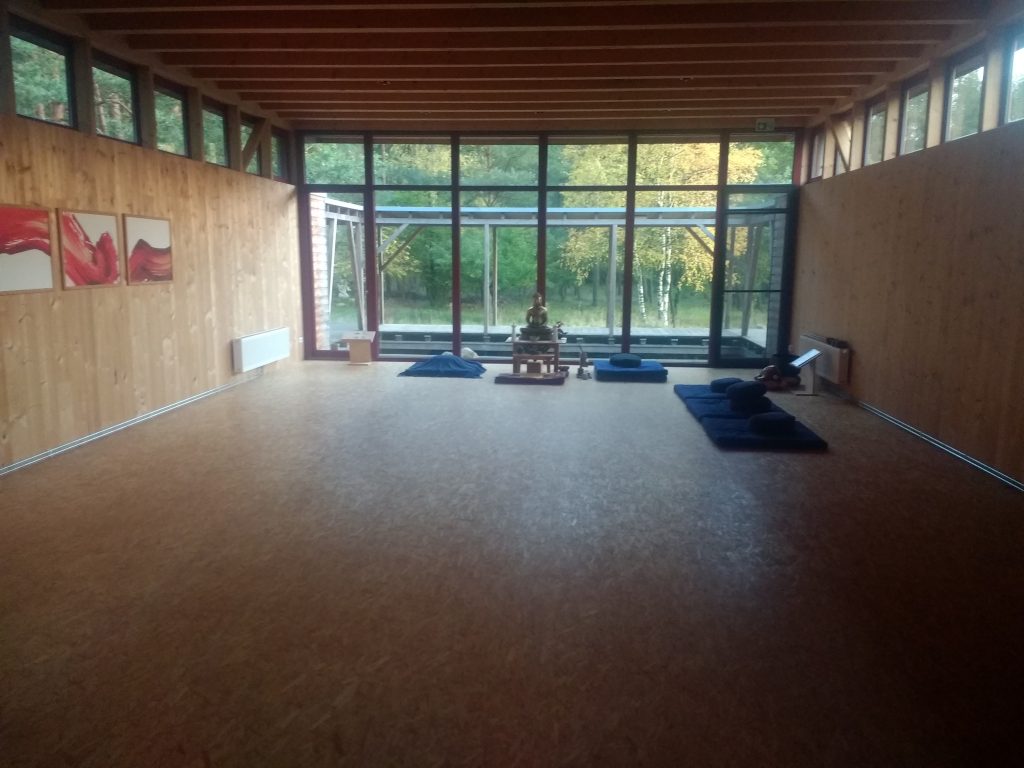
One final way that the Zen tradition acts as a model for our times is that it came out of an ethic self-sufficiency, as explained to me one day by the young monk. Theravada monks in India were seen as holy beings, and thus lived from the generosity of the population, who maintained them with dana (charity). When these monks made the long trek over the Himalayas to China they found a people who were not as reverential. ‘Holy being?!’ exclaimed the Chinese farmer ‘then get to work!’ These monks were then left with two options, either fall under the patronage of some wealthy lord, or go the mountains and work to sustain themselves. The mountain monks started huge monasteries, models of self sufficiency, sometimes supporting thousands of people at a time. It is within these monasteries that the Zen (or Chan as it was in China) school was developed, and the ethic of self-sufficiency is still central pillar of the school today. As independence from global industrial markets is a essential part of the environmental community movement, so to is the goal of self-sufficiency, and Zen Buddhism acts as a model for the what is possible.